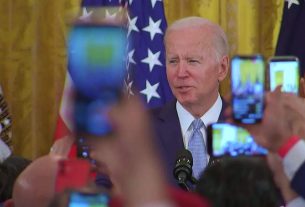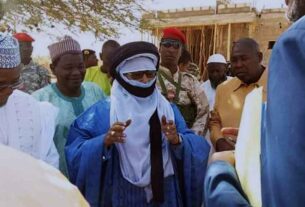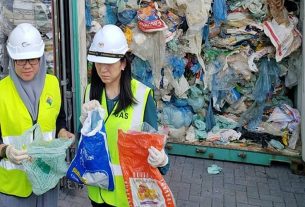Sun 02 May 2021:
A forum of scientific advisers set up by the government warned Indian officials in early March of a new and more contagious variant of the coronavirus taking hold in the country, five scientists who are part of the forum told the Reuters news agency.
Despite the warning, four of the scientists said the federal government did not seek to impose significant restrictions to stop the spread of the COVID-19. Millions of largely unmasked people attended religious festivals and political rallies that were held by Prime Minister Narendra Modi, other leaders of the ruling Bharatiya Janata Party (BJP), and opposition politicians.
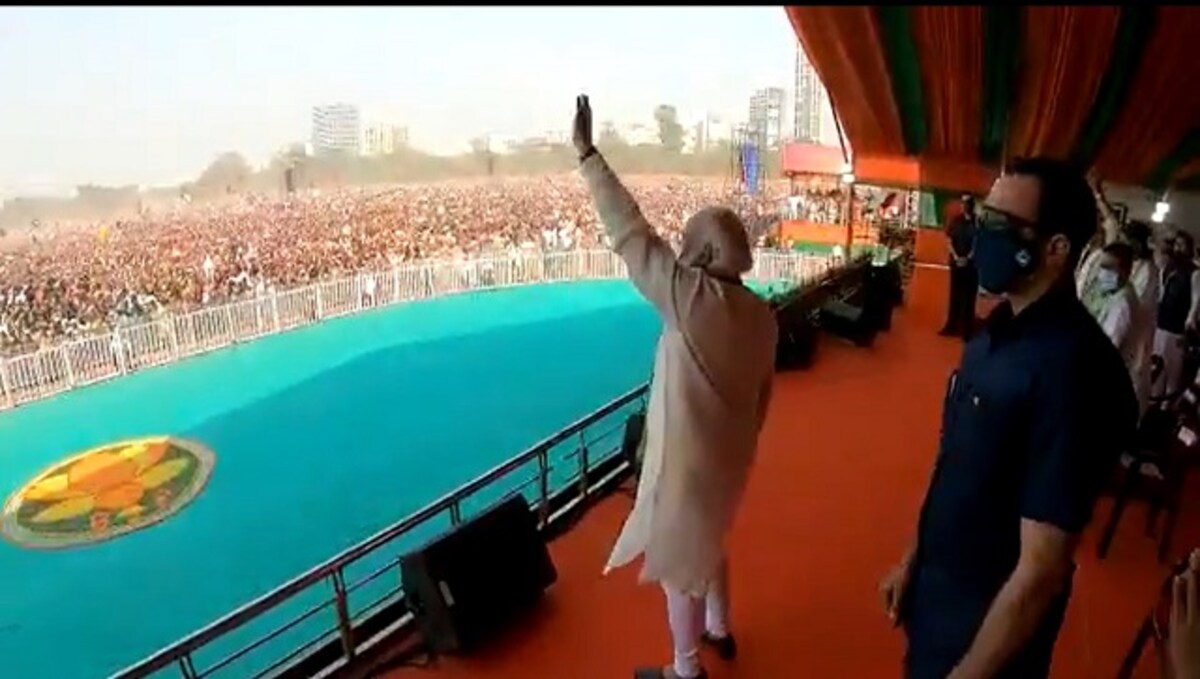
The world’s second-most populous country is now struggling to contain a second wave of infections much more severe than its first last year, which some scientists say is being accelerated by the new variant and another variant first detected in the United Kingdom.
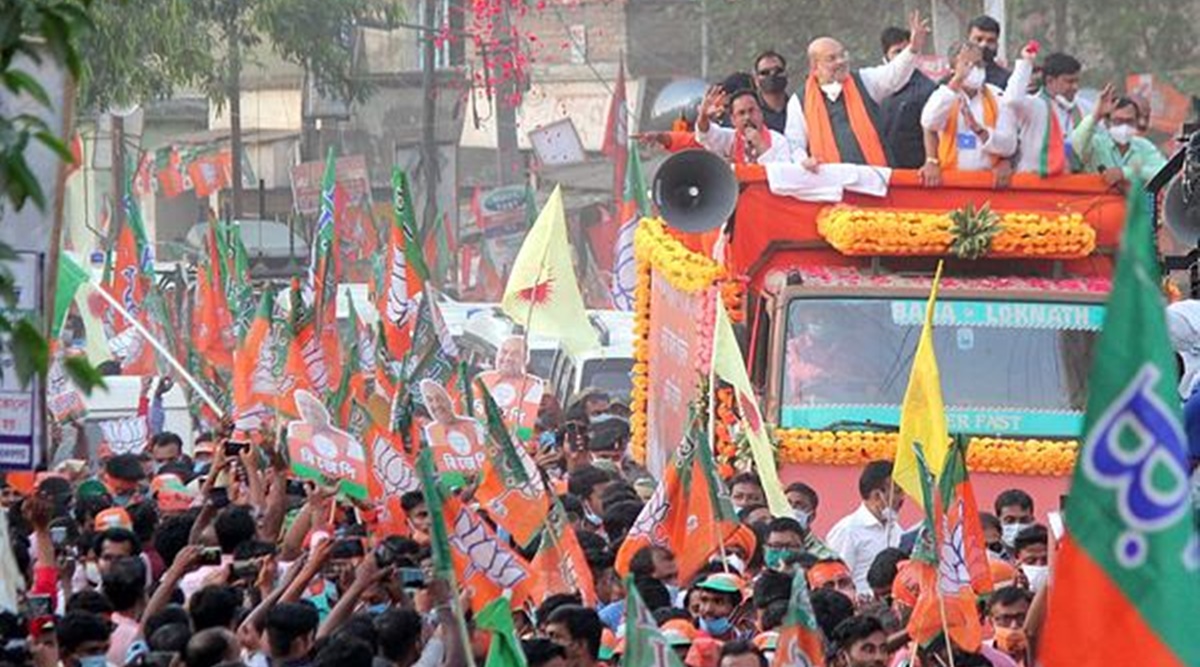
On Saturday, India set yet another daily global record with 401,993 new coronavirus cases, taking its tally to more than 19.1 million. Another 3,523 people died in the past 24 hours, raising the overall deaths to 211,853, according to the health ministry.
The spike in infections is India’s biggest crisis since Modi took office in 2014. It remains to be seen how his handling of it might affect Modi or his party politically. The next general election is in 2024. Voting in the most recent local elections was largely completed before the scale of the new surge in infections became apparent.
‘High concern’
The warning about the new variant in early March was issued by the Indian SARS-CoV-2 Genetics Consortium, or INSACOG. It was conveyed to a top official who reports directly to the prime minister, according to one of the scientists, the director of a research centre in northern India who spoke on condition of anonymity. Reuters could not determine whether the INSACOG findings were passed on to Modi himself.
INSACOG was set up as a forum of scientific advisers by the government in late December specifically to detect genomic variants of the coronavirus that might threaten public health. INSACOG brings together 10 national laboratories capable of studying virus variants.
VIDEO: 🇮🇳 An overcrowded Covid-19 ward in a #NewDelhi hospital where two or three patients share a single bed, with barely enough space for others to stand. India’s daily coronavirus death toll has hit a new record of 2,624 as the government battles to get oxygen to hospitals pic.twitter.com/pcBLJ7ScxQ
— AFP News Agency (@AFP) April 24, 2021
INSACOG researchers first detected B.1.617, which is now known as the Indian variant of the virus, as early as February, said Ajay Parida, director of the state-run Institute of Life Sciences and a member of INSACOG.
INSACOG shared its findings with the health ministry’s National Centre for Disease Control (NCDC) before March 10, warning infections could quickly increase in parts of the country, the director of the northern India research centre said. The findings were then passed on to the Indian health ministry, this person said. The health ministry did not respond to requests for comment.
“This is truly a terrifying and epic crisis,” says @ClarissaWard, as a deadly coronavirus outbreak ravages India. “It is just staggering, the amount of suffering. People are struggling to breathe. They are literally dying on the streets and there is just no end in sight.” pic.twitter.com/lXxVayKZCm
— Anderson Cooper 360° (@AC360) April 30, 2021
Around that date, INSACOG began to prepare a draft media statement for the health ministry. A version of that draft, seen by Reuters, set out the forum’s findings: the new Indian variant had two significant mutations to the portion of the virus that attaches to human cells, and it had been traced in 15 percent to 20 percent of samples from Maharashtra, India’s worst-affected state.
VIDEO: The healthcare system in India is struggling to cope with a huge surge in coronavirus cases, with severe oxygen and medicine shortages, and patients’ families pleading for help on social media pic.twitter.com/AVZqQFJUyO
— AFP News Agency (@AFP) April 26, 2021
Asked why the government did not respond more forcefully to the findings, for example by restricting large gatherings, Shahid Jameel, chair of the scientific advisory group of INSACOG, said he was concerned that authorities were not paying enough attention to the evidence as they set policy.
An acute oxygen shortage in India’s hospitals has left people begging for air.
Desperate relatives have been pleading for oxygen outside in the street as many #coronavirus patients have been turned away by overcrowded hospitals.
Read more here: https://t.co/sK1hZvpcNr pic.twitter.com/tbjPc07w1L
— Sky News (@SkyNews) April 27, 2021
“Policy has to be based on evidence and not the other way around,” he said. “I am worried that science was not taken into account to drive policy. But I know where my jurisdiction stops. As scientists we provide the evidence, policymaking is the job of the government.”
Kumbh Mela
Parida said the draft media release was sent to the most senior bureaucrat in the country, Cabinet Secretary Rajiv Gauba, who reports directly to the prime minister. Reuters was unable to learn whether Modi or his office were informed of the findings. Gauba did not respond to a request for comment.
As India’s COVID numbers soared in April, there were striking images of massive election rallies and the Kumbh Mela festival.@kapskom, @paranjoygt and @BeechBazar spoke with us about these packed gatherings and what the coverage of them revealed. pic.twitter.com/pd2We2DwQW
— The Listening Post (@AJListeningPost) April 29, 2021
Modi, some of his top lieutenants, and dozens of other politicians, including opposition figures, held rallies across the country for local elections throughout March and into April.
The government also allowed the weeks-long Kumbh Mela religious festival, attended by millions of Hindus, to proceed from mid-March.
ICYMI: Nearly a million Hindu devotees take a holy bath in India’s Ganges river during the months-long ‘Kumbh Mela’ festival https://t.co/8fdZyV62qm pic.twitter.com/SnmaV1NqYxhttps://t.co/JUf6dytHqe
— Joseph LIM (@joseph11lim) April 27, 2021
Meanwhile, tens of thousands of farmers were allowed to remain camped on the outskirts of the capital New Delhi to protest against new agriculture laws.
To be sure, some scientists say the surge was much larger than expected and the setback cannot be pinned on political leadership alone. “There is no point blaming the government,” Saumitra Das, director of the National Institute of Biomedical Genomics, which is part of INSACOG, told Reuters.
Strict measures not taken
INSACOG reports to the National Centre for Disease Control in New Delhi. NCDC Director Sujeet Kumar Singh recently told a private online gathering that strict lockdown measures had been needed in early April, according to a recording of the meeting reviewed by Reuters.
The BBC witnessed nurse Manjusha Mathew’s attempts to revive a coronavirus patient in a hospital in Delhi.
She describes what it’s like working in an emergency room on the brink.@yogital reports. Video by Fred Scott and Sanjay Ganguly.https://t.co/xxWWoUtrW0 pic.twitter.com/1Y8w2fuVCR— BBC News India (@BBCIndia) April 28, 2021
Singh did not say during the meeting whether he warned the government directly of the need for action at that time. Singh declined to comment.
Singh told the April 19 gathering that more recently, he had relayed the urgency of the matter to government officials.
“It was highlighted very, very clearly that unless drastic measures are taken now, it will be too late to prevent the mortality which we are going to see,” said Singh, referring to a meeting that took place on April 18. He did not identify which government officials were in the meeting or describe their seniority.
#IndiaCovidCrisis
This is man made disaster in India. Indian govt was having 1 year to control the pandemic but Modi remained busy in political gains by organizing political rallies & Kumbh Mela etc. Modi is responsible for all this miseries. Indian people must stand against Modi pic.twitter.com/NHokorLCSB— Maverick (@ASMA_K5) April 30, 2021
Singh said some government officials in the meeting worried that mid-sized towns could see law and order problems as essential medical supplies such as oxygen ran out, a scenario that has already begun to play out in parts of India.
The need for urgent action was also expressed the week before by the National Task Force for COVID-19, a group of 21 experts and government officials set up last April to provide scientific and technical guidance to the health ministry on the pandemic. It is chaired by VK Paul, Modi’s top coronavirus adviser.
Paul was present at the discussion, according to the scientist. Reuters could not determine if Paul relayed the group’s conclusion to Modi. Paul did not respond to a request for comment.
‘Save the country from lockdowns’
Two days after Singh’s April 18 warning to government officials, Modi addressed the nation on April 20, arguing against lockdowns. He said a lockdown should be the last resort in fighting the virus. India’s two-month-long national lockdown a year ago put millions out of work and devastated the economy.
“We have to save the country from lockdowns. I would also request the states to use lockdowns as the last option,” Modi said. “We have to try our best to avoid lockdowns and focus on micro-containment zones,” he said, referring to small, localised lockdowns imposed by authorities to control outbreaks.
Modi is a super spreader of coronavirus. If govt itself made rallies & give permission to festival like kumbh mela during a serious situation, then how would people listen? Is that how the govt should behave? Modi govt alone is responsible for the India’s #COVID19 situation. pic.twitter.com/GarojUKLw6
— Savera Ahmed 🔥❤️ (@SaveraAhmed0426) April 27, 2021
India’s state governments have wide latitude in setting health policy for their regions, and some have acted independently to try to control the spread of the virus.
Maharashtra, the country’s second-most populous state, which includes Mumbai, imposed tough restrictions such as office and store closures early in April as hospitals ran out of beds, oxygen and medicines. It imposed a full lockdown on April 14.
‘Ticking time bomb’
The Indian variant has now reached at least 17 countries including the UK, Switzerland and Iran, leading several governments to close their borders to people travelling from India.
The UK variant, called B.1.1.7, was also detected in India by January, including in the northern state of Punjab, a major epicentre for the farmers’ protests, Anurag Agrawal, a senior INSACOG scientist, said.
The NCDC and some INSACOG laboratories determined a significant spike in cases in Punjab was caused by the UK variant, according to a statement issued by Punjab’s state government on March 23.
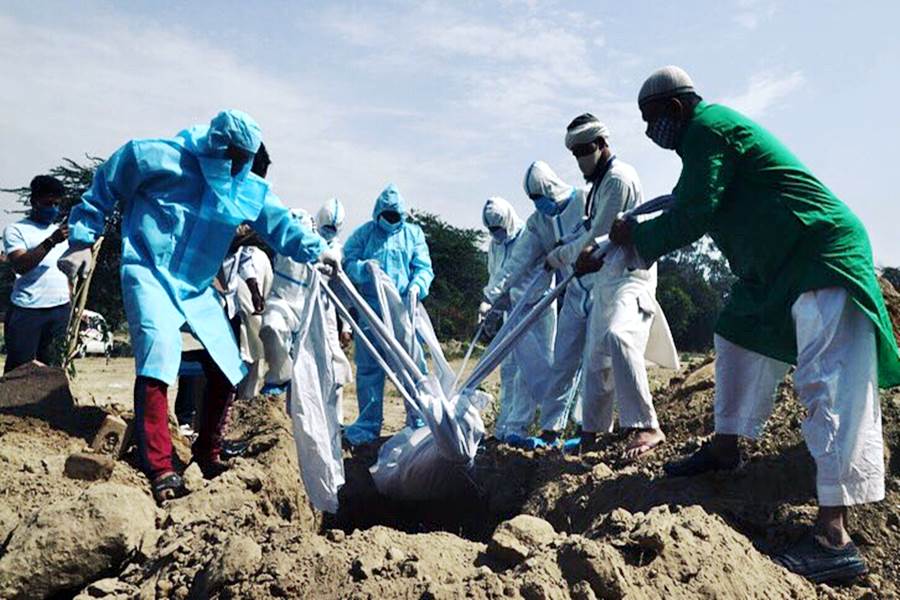
Punjab imposed a lockdown from March 23. But thousands of farmers from the state remained at protest camps on the outskirts of Delhi, many moving back and forth between the two places before the restrictions began.
“It was a ticking time bomb,” said Agrawal, director of the Institute of Genomics and Integrative Biology, which has studied some samples from Punjab. “It was a matter of an explosion, and public gatherings is a huge problem in a time of pandemic. And B.1.1.7 is a really bad variant in terms of spreading potential.”
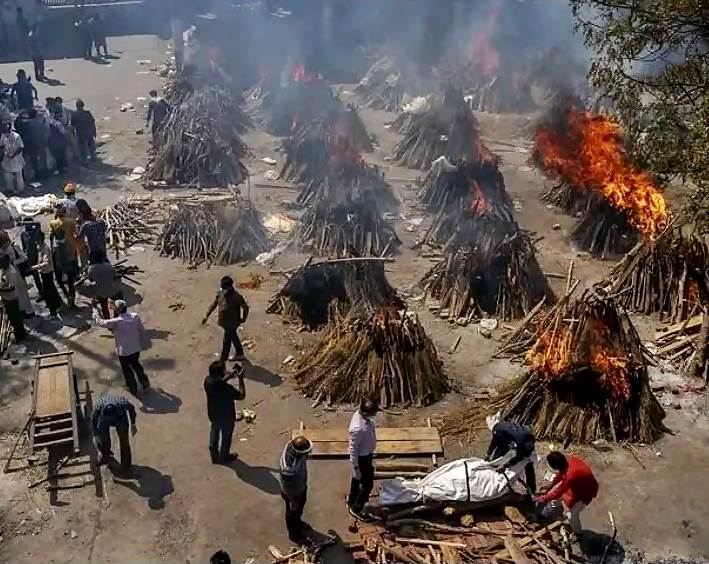
New Delhi is now suffering one of the worst infection rates in the country, with more than three out of every 10 tests positive for the virus.
India overall has reported more than 300,000 infections a day for the past 10 days, the worst streak anywhere in the world since the pandemic began. Deaths have surged, too, with the total exceeding 200,000 this week.
Agrawal and two other senior government scientists told Reuters that federal health authorities and local Delhi officials should have been better prepared after seeing what the variants had done in Maharashtra and Punjab. Reuters could not determine what specific warnings were issued to whom about preparing for a huge surge.
“We are in a very grave situation,” said Shanta Dutta, a medical research scientist at the state-run National Institute of Cholera and Enteric Diseases. “People listen to politicians more than scientists.”
Rakesh Mishra, director of the Centre for Cellular and Molecular Biology, which is part of INSACOG, said the country’s scientific community was dejected.
FOLLOW INDEPENDENT PRESS:
TWITTER (CLICK HERE)
https://twitter.com/IpIndependent
FACEBOOK (CLICK HERE)
https://web.facebook.com/ipindependent
Think your friends would be interested? Share this story!



